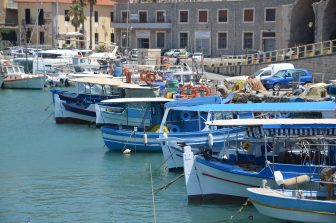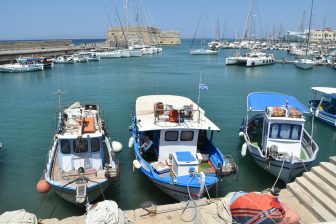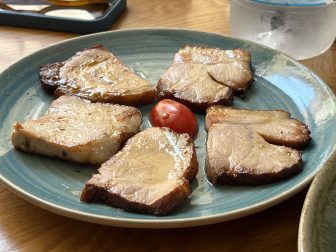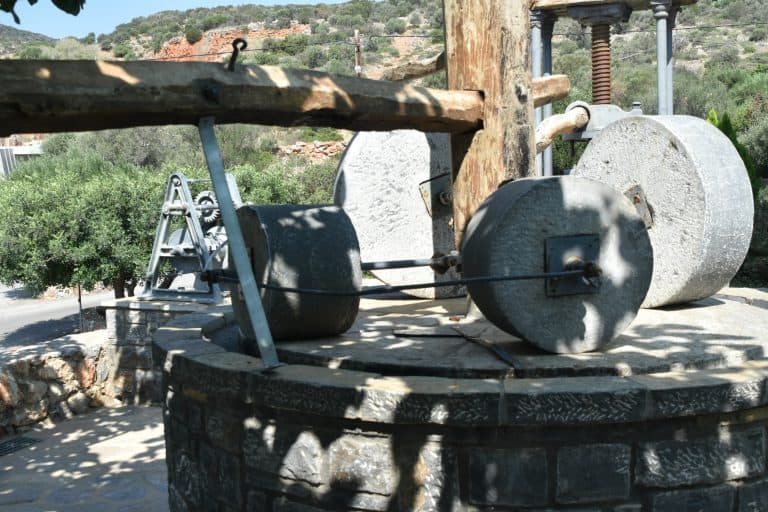
[June 2025] While staying in Agios Nikolaos in eastern Crete, Greece, we also joined a tour to visit inland villages.
It was the same Astra Tours tour as the one to Vai Palm Beach a few days earlier, in the same seven-seater jeep and with the same guide, George.
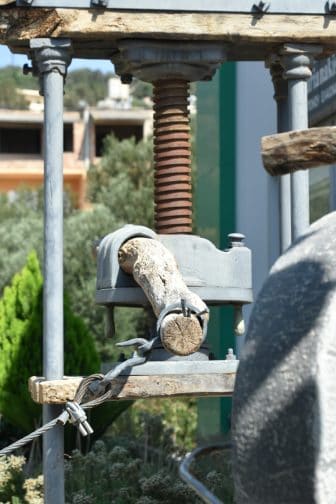
All four of the other participants this time were British, staying in the Elounda resort area near Spinalonga Island, where we had visited the day before.
Listening to the spontaneous conversations that broke out in the cramped car, I felt strangely nostalgic, as it had been a long time since I had heard such accent-free English among British people.
Our first destination was an olive oil factory.
The brand name is Physis of Crete, and it is open to the public as an olive oil park.
It is apparently family-run by the Asmarianakis family.
I imagine that one day, a business-savvy person came along among the small-scale inland olive farmers and bought up the land to start the business.
Apparently, it’s been open to tourists since it opened.
I thought someone from the factory would be showing us around, but instead, our guide, George, explained everything to us.
We started by looking at the old olive oil-making system outside.
Apparently, donkeys used to turn large millstones all day long to make oil.
We were told that this method is now illegal for hygienic reasons.
We went inside to see the huge modern tanks and the automated bottling system.
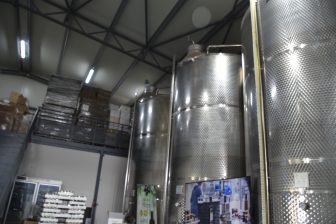
What I learned here is that oil extracted from young olives has a stronger flavour and is rich in polyphenols, which are useful for preventing lifestyle-related diseases.
Normally, 4 kg of olives produce 1 litre of oil, but we were told that it takes 12 kg of young olives to make 1 litre of oil.
That’s why it’s so expensive.
After the brief explanation, it was time for tastings.
In addition to comparing oils, we also sampled fruit-flavoured balsamic vinegar and honey-flavoured raki.
This honey-flavoured raki was delicious!
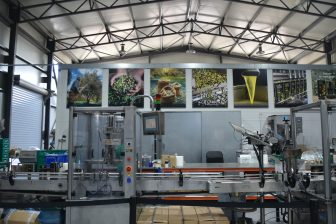
It came in a glass bottle, so we didn’t buy it there, but we did say that if we were ever lucky enough to find it at the shabby Heraklion airport, we would buy one (and we found it there later).
By the way, bottled raki is mainly for tourists.
Locals apparently make it at home or buy it in bulk from people who do.
We bought four bags of olives with chili peppers as souvenirs, and a can of young olive oil for ourselves.
Since every tourist who visited bought something, we figured it must be a good business.

